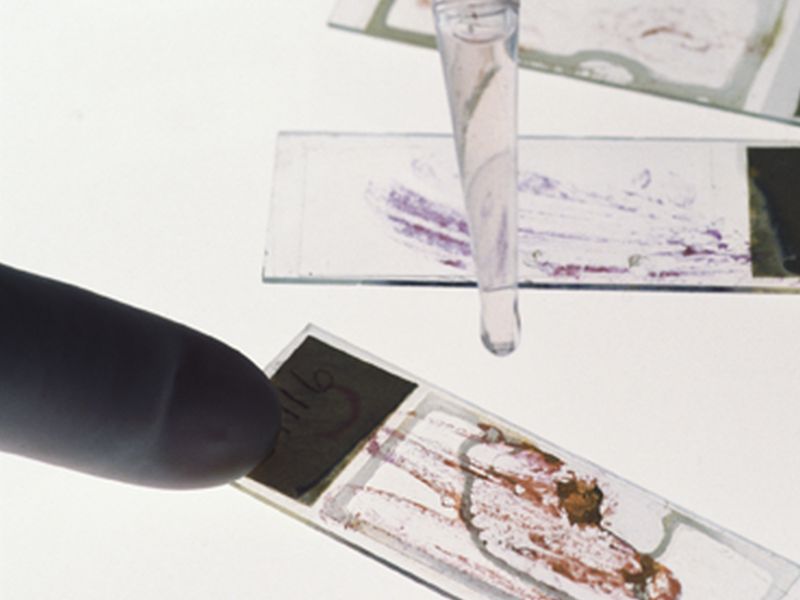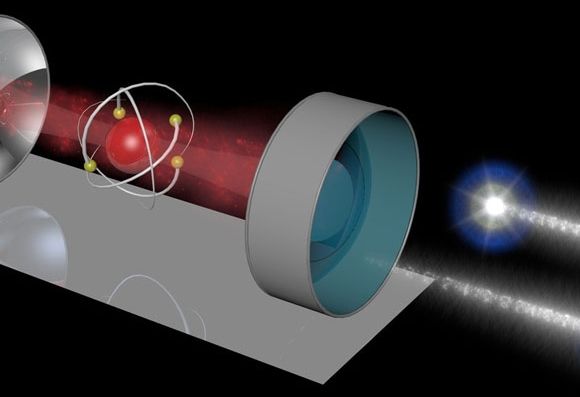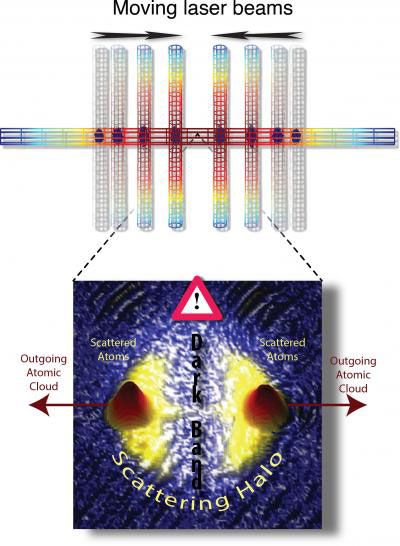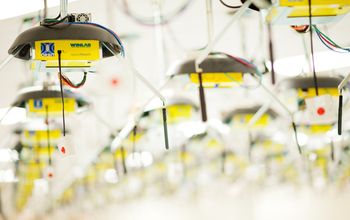Page 10746
Jul 13, 2016
NASA spacecraft sends first pictures since arriving at Jupiter
Posted by Sean Brazell in category: space travel
Great stuff — and far greater still to come!
These optimal low radiation paths in, around, and thru Jupiter’s seething radioactive local space will be absolutely priceless when actual human beings get out there, I’d imagine.
PASADENA, Calif. — A NASA spacecraft has sent back the first pictures since arriving at Jupiter.
Continue reading “NASA spacecraft sends first pictures since arriving at Jupiter” »
Jul 13, 2016
10 Predictions About the Future That Should Scare the Hell Out of You
Posted by Sean Brazell in categories: computing, existential risks, futurism
As far as the whole mind-to-computer thing I totally agree.
The name of the game, for me at least, when it comes to this type of thing is continuity of consciousness. Without that you are nothing more than a copy of another person, not the person themselves. That said, if there were to be a very, very slow process where your natural neurons are replaced by artificial ones, with both types working together seamlessly, THEN I’d be first in line.
The future looks bright, except when it doesn’t. Here are 10 exceptionally regrettable developments we can expect in the coming decades.
Continue reading “10 Predictions About the Future That Should Scare the Hell Out of You” »
Jul 13, 2016
Researchers Develop A Universal Quantum Gate
Posted by Karen Hurst in categories: computing, particle physics, quantum physics
The universal quantum gate to enable long distance communications with QC without degradation.
Scientists have now developed a universal quantum gate, which could become the key component in a quantum computer.
Light particles completely ignore each other. In order that these particles can nevertheless switch each other when processing quantum information, researchers at the Max Planck Institute of Quantum Optics in Garching have now developed a universal quantum gate. Quantum gates are essential elements of a quantum computer. Switching them with photons, i.e. light particles, would have practical advantages over operating them with other carriers of quantum information.
Continue reading “Researchers Develop A Universal Quantum Gate” »
Jul 13, 2016
Air Force wants to leap ahead in quantum computing
Posted by Karen Hurst in categories: computing, military, quantum physics
US AF does need to get onboard quickly or be left in the dust.
Quantum computing could be a competitive advantage for the U.S. military, and the Air Force Research Lab wants to keep pace.
Jul 13, 2016
Diamond coupled to carbon nanotube could be used for quantum information processing
Posted by Karen Hurst in categories: nanotechnology, quantum physics
Why synthetic diamonds are critical to the QC story.
(Phys.org)—By carefully placing a tiny piece of diamond within a few nanometers of a carbon nanotube, and then sending an electric current through the nanotube, researchers have designed a device that could one day form the building blocks of quantum information processing systems. In their recent study, they have shown that the electrified nanotube’s mechanical vibrations couple to the magnetic (or spin) properties of defects in the diamond. This coupling allows for the quantum states of the nanotube and diamond to be transferred to each other as well as to a second diamond positioned several micrometers away.
The researchers, Peng-Bo Li et al., have published a paper on the new hybrid quantum device in a recent issue of Physical Review Letters.
Jul 13, 2016
The quantum origin of time
Posted by Karen Hurst in categories: futurism, quantum physics
In our experience the past is the past and the future is the future, but sometimes the two can cross over.
Jul 13, 2016
Physicists collide ultracold atoms to observe key quantum principle
Posted by Karen Hurst in categories: particle physics, quantum physics
Physicists from New Zealand’s University of Otago have used steerable ‘optical tweezers’ to split minute clouds of ultracold atoms and slowly smash them together to directly observe a key theoretical principle of quantum mechanics.
The principle, known as Pauli Exclusion, places fundamental constraints on the behavior of groups of identical particles and underpins the structure and stability of atoms as well as the mechanical, electrical, magnetic and chemical properties of almost all materials.
Otago Physics researcher Associate Professor Niels Kjærgaard led the research, which is newly published in the prestigious journal Nature Communications (“Multiple scattering dynamics of fermions at an isolated p-wave resonance”).
Continue reading “Physicists collide ultracold atoms to observe key quantum principle” »
Jul 13, 2016
DARPA pushing new effort with Experimental Spaceplane, XS-1
Posted by Karen Hurst in category: space travel
Citing increasing U.S. launch costs and the “fleeing” of commercial customers to foreign launch service providers, the Defense Advanced Research Projects Agency (DARPA) is continuing to push a bold strategy tied to a new, reusable spaceplane that the Agency envisions flying 10 times in 10 days for a cost of less than $5 million USD per flight.
Jul 13, 2016
Learn about the future of wireless and the role of federal research investments
Posted by Karen Hurst in categories: education, futurism
NSF’s mission is to advance the progress of science, a mission accomplished by funding proposals for research and education made by scientists, engineers, and educators from across the country.


















